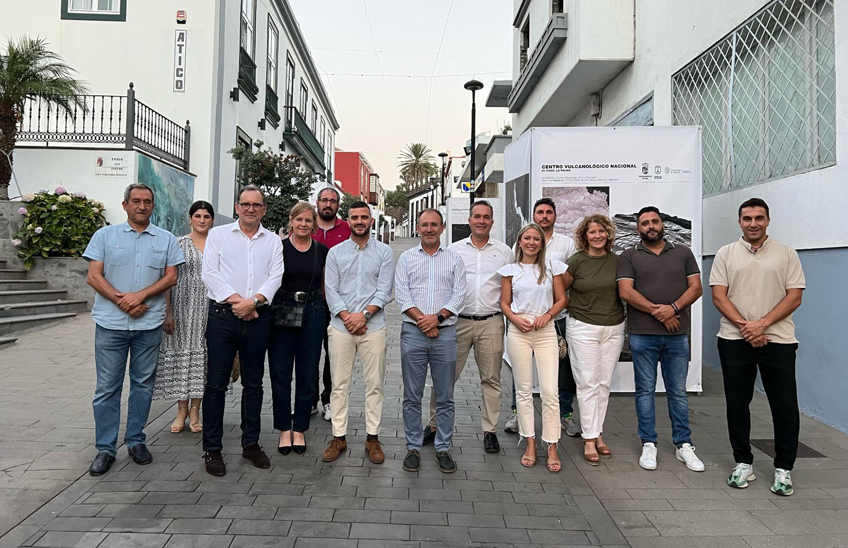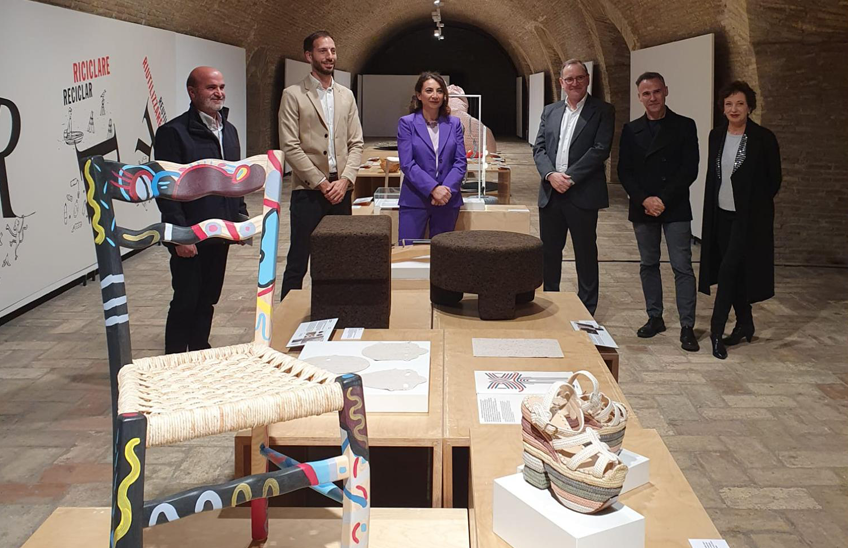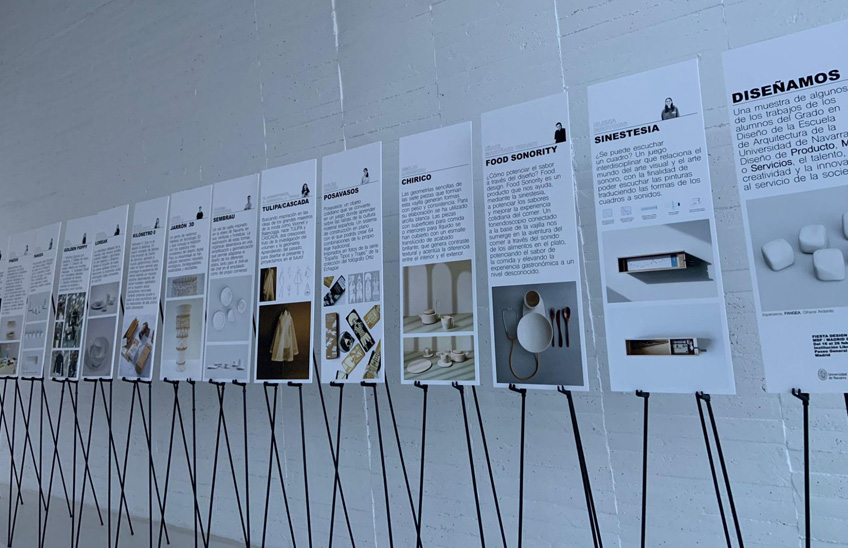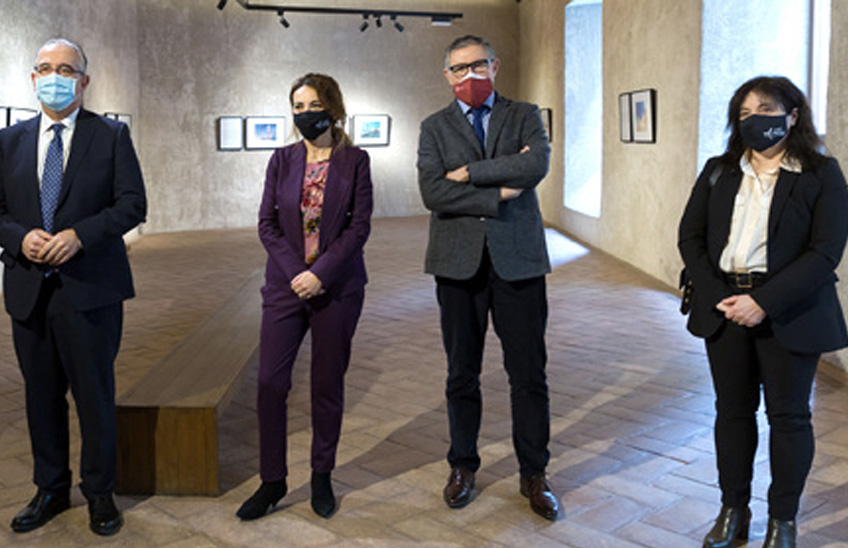The University receives the file from architects Roberto Ercilla and Miguel Ángel Campo
A photographic exhibition in tribute to Roberto Ercilla, architect and professor at the University's School of Architecture , who passed away in 2024, has been inaugurated.

FotoManuelCastells/Friends, relatives and colleagues of Roberto Ercilla and representatives of COAVNA attended the opening of the exhibition 'Ercilla, Campo y San Millán. Ten fortuitous encounters'.
18 | 06 | 2025
The exhibition 'Ercilla, Campo and San Millán. Ten chance encounters' and the accompanying publication are motivated by the wish of Roberto Ercilla, architect and professor at the School of Architecture of the University of Navarra, who passed away on March 10, 2024, to donate his professional file and his Architecture Library to the file General and the School of Architecture and the School of Architecture of the University, respectively.
Last Monday, June 16, the official transfer of the donated documentation, which includes the professional activity of Roberto Ercilla, in large part together with the architect Miguel Ángel Campo, took place at the University.
The exhibition 'Ercilla, Campo y San Millán. Ten chance encounters', which includes images of the architects' work by photographer César San Millán. "We would like to express our gratitude and that of the University of Navarra to the Ercilla family and the Campo family for their generosity and availability; and to the collaborating institutions that have made it possible to pay this sincere tribute", emphasize Alicia Fernández Barranco y Jorge Tárrago Mingocurators of the exhibition.
Paula and Julia Ercilla, daughters of Roberto Ercilla, in addition to thanking the involvement of all the people who have made this recognition possible, highlighted the figure of their father as a professor: "Every Friday, no matter how intense the week was, he would take the car and drive to Pamplona to give classes. It wasn't just a professional commitment: it was a true vocation. He was driven by the desire to contribute, to be close to young people, to keep learning from that exchange. We like to think that many of the people who passed through his classes carry a piece of his way of understanding architecture".
Present at the ceremony were the families and friends of the architects and, among others, the director of the University's School of Architecture , Carlos Naya; the General Manager, Víctor Otero, and the secretary, Alfonso Alzugaray, of the Navarre branch of the Official Basque-Navarre Architects'Association (COAVNA); and the architect Patxi Mangado, promoter of the Fundación Arquitectura y Sociedad (Architecture and Society Foundation).
An exhibition of 'chance encounters
The sample 'Ercilla, Campo and San Millán. Ten fortuitous encounters' can be visited throughout the month of June at the School of Architecture of the University and will soon move to Vitoria, Roberto Ercilla's hometown, thanks to the partnership of the Alava delegation of the Official Basque-Navarrese high school of Architects(COAVN/a).
The photographs, with the exception of the one corresponding to the project '170 houses in Leioa' in which Roberto Ercilla and Miguel Ángel Campo are portrayed, have been digitized, edited and printed by Pedro Pegenaute. "Far from having elaborated a complete, distilled or chronological exhibition proposal of the architecture of Roberto Ercilla and Miguel Ángel Campo, an alternative meeting is proposed through a contemporary perspective and a selection of the photographic material deposited in the General file of the University of Navarra. We have avoided strictly documentary, contextual, objectual or detailed images of the architects' work (better known and published), in order to bring together less common visual and narrative rarities," explain the curators.
The publication, which has been edited with EUNSA on the occasion of this exhibition, includes, in addition to these same photographs, several short texts written by some architects and friends of Roberto Ercilla and Miguel Ángel Campo, which place them in the panorama of Spanish architecture of the time as an "example of elegance and essentiality", as José Ignacio Linazasoro points out, as well as "manifestos of a way of doing quality architecture", in the words of Patxi Mangado.




